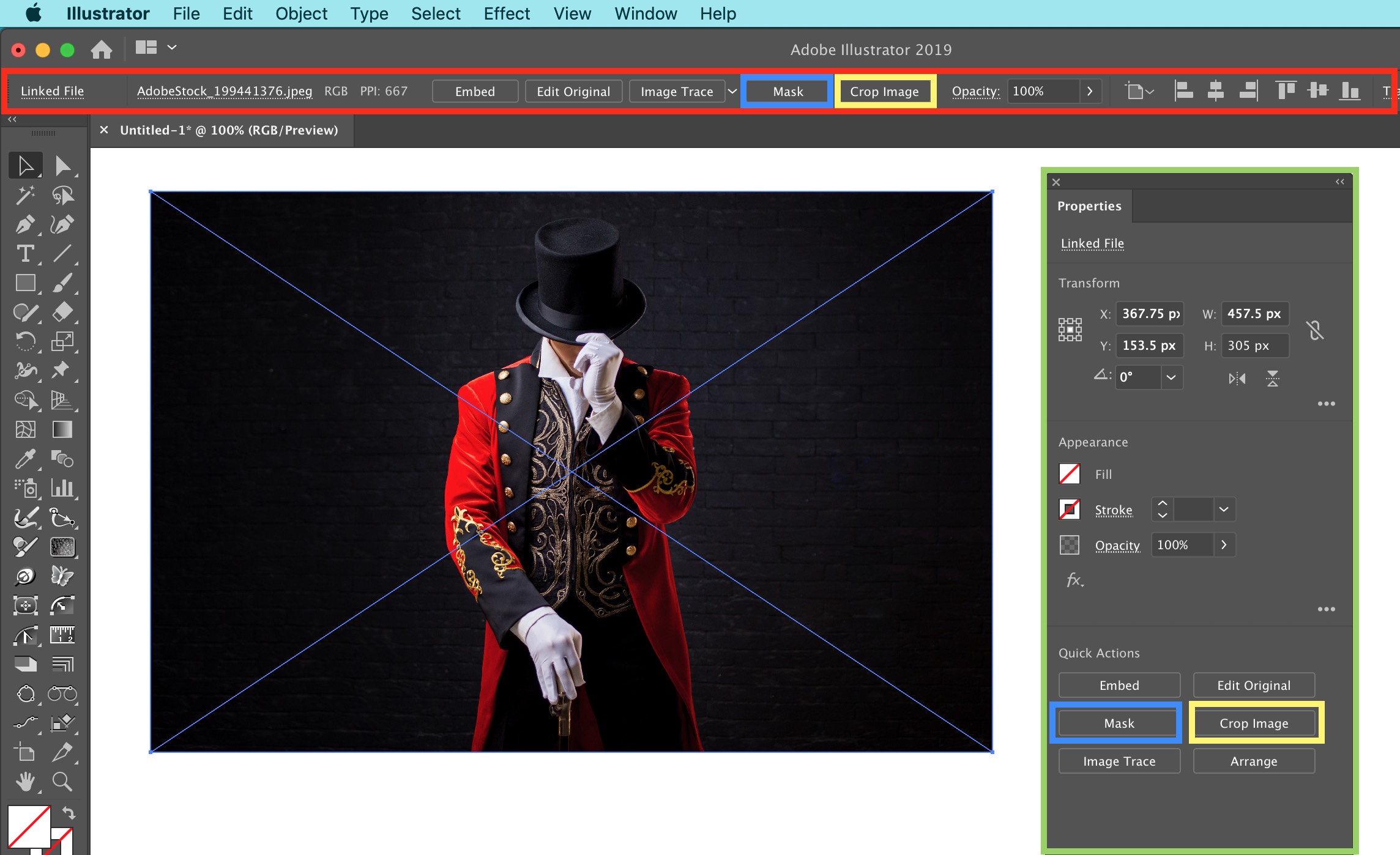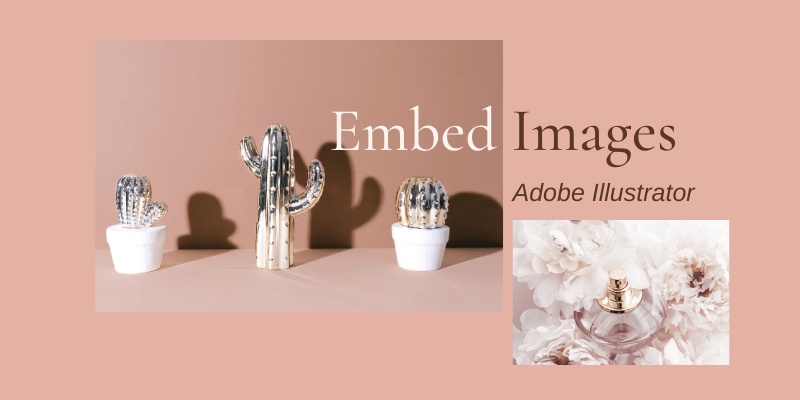

We communicate with users on a regular basis to provide requested services and in regard to issues relating to their account we reply via email or phone in accordance with the users' wishes when a user submits their information through our Contact Us form. However, these communications are not promotional in nature. Generally, users may not opt-out of these communications, though they can deactivate their account information. For instance, if our service is temporarily suspended for maintenance we might send users an email. On rare occasions it is necessary to send out a strictly service related announcement. If you have elected to receive email newsletters or promotional mailings and special offers but want to unsubscribe, simply email Service Announcements Pearson may collect additional personal information from the winners of a contest or drawing in order to award the prize and for tax reporting purposes, as required by law. Pearson collects name, contact information and other information specified on the entry form for the contest or drawing to conduct the contest or drawing. Occasionally, we may sponsor a contest or drawing. Pearson collects information requested in the survey questions and uses the information to evaluate, support, maintain and improve products, services or sites develop new products and services conduct educational research and for other purposes specified in the survey. Pearson may offer opportunities to provide feedback or participate in surveys, including surveys evaluating Pearson products, services or sites. We use this information to complete transactions, fulfill orders, communicate with individuals placing orders or visiting the online store, and for related purposes. Online Storeįor orders and purchases placed through our online store on this site, we collect order details, name, institution name and address (if applicable), email address, phone number, shipping and billing addresses, credit/debit card information, shipping options and any instructions. We use this information to address the inquiry and respond to the question. To conduct business and deliver products and services, Pearson collects and uses personal information in several ways in connection with this site, including: Questions and Inquiriesįor inquiries and questions, we collect the inquiry or question, together with name, contact details (email address, phone number and mailing address) and any other additional information voluntarily submitted to us through a Contact Us form or an email. Please note that other Pearson websites and online products and services have their own separate privacy policies. This privacy notice provides an overview of our commitment to privacy and describes how we collect, protect, use and share personal information collected through this site.

Pearson Education, Inc., 221 River Street, Hoboken, New Jersey 07030, (Pearson) presents this site to provide information about Adobe Press products and services that can be purchased through this site. If you choose to deselect the Link option, the image will be embedded and have no tie to the original image (see Figure 1). That means if the original image is edited in Photoshop, for instance, it can be updated in Illustrator. By default, images are linked when you place them. There’s even a shortcut for placement (Cmd+Shift+P or Ctrl+Shift+P). Placing images in Illustrator is almost identical to how you do it in InDesign. But, it can place and link to image files like PSD, PNG, TIF, JPG, and more. That’s what Photoshop and other programs like it are for. Placing and Updating Rasterįirst off, Illustrator is not meant to be a raster image editing program. In this article, I want to show you how Illustrator integrates raster content, and discover what we can and can’t do. While Illustrator is definitely stronger at dealing with vector, you can also import raster images you create elsewhere and make certain transformations to them without leaving Illustrator.

I can’t tell you how many times I’ve wanted to create a postcard, website design, or whatever that required me to use both vector and raster elements. But as these tools have developed, there has been some cross-pollination of sorts. It’s been that way since the dawn of digital graphic time. In the graphics world, we all know that Illustrator = vector and Photoshop = raster.


 0 kommentar(er)
0 kommentar(er)
